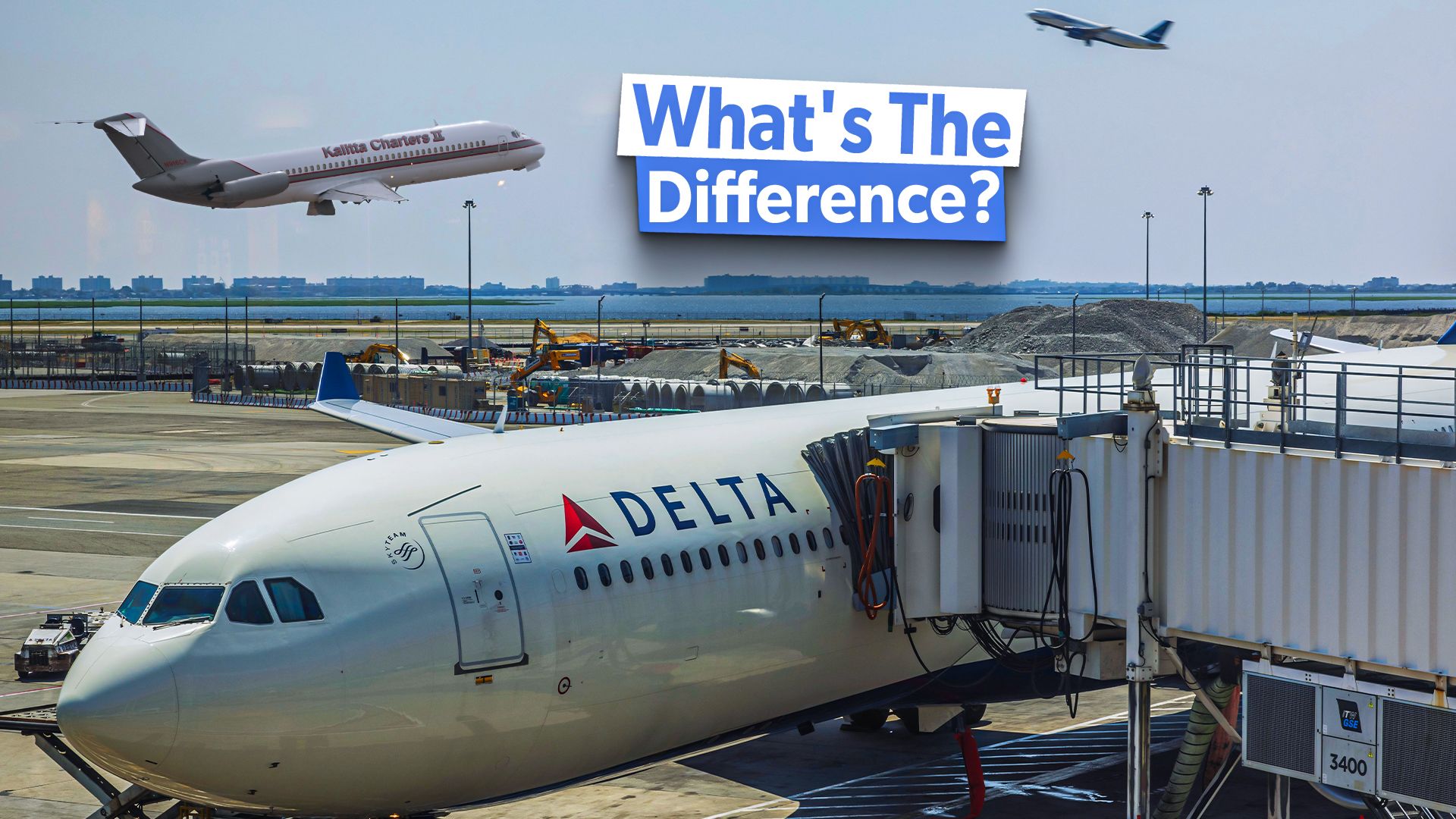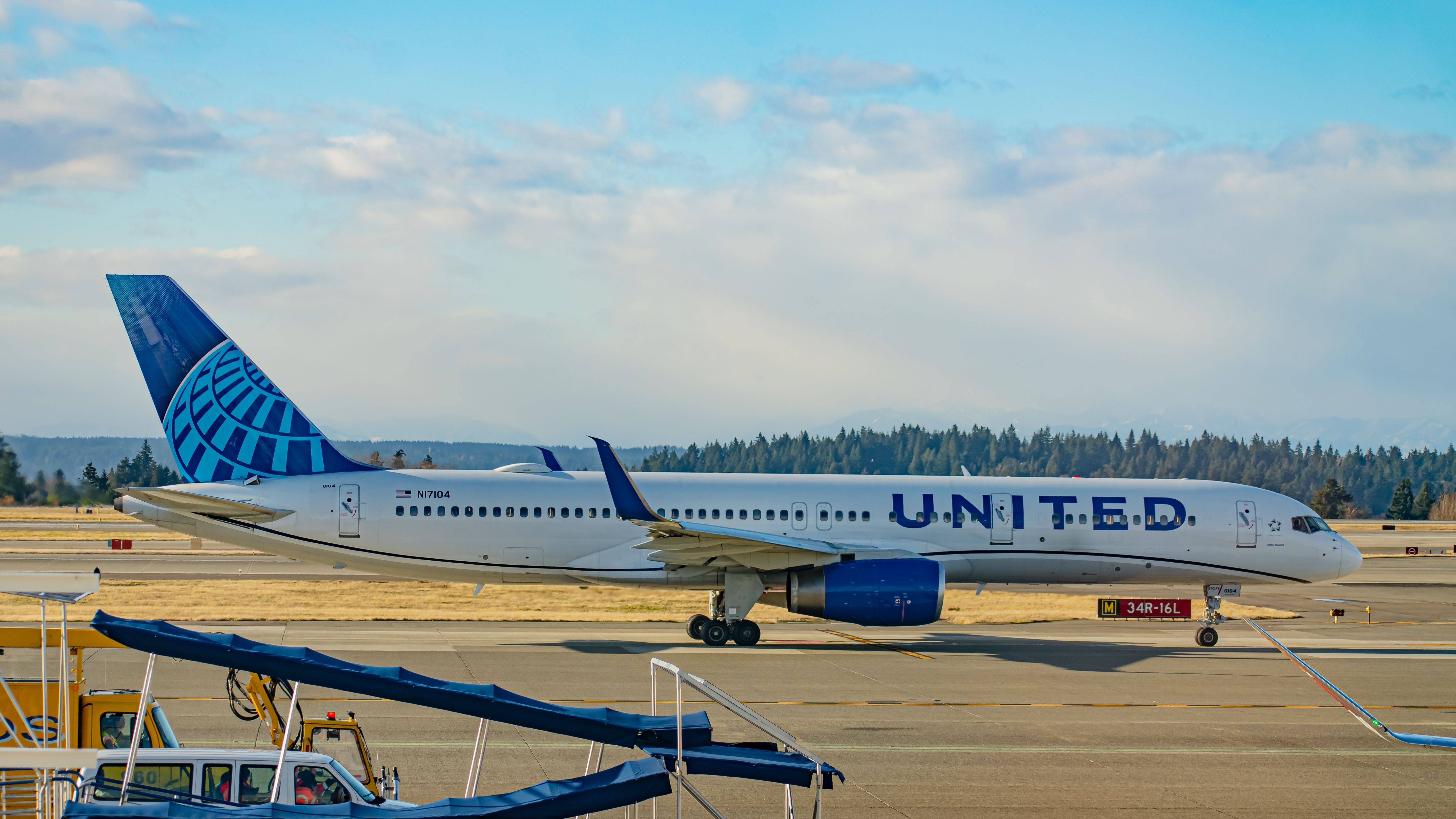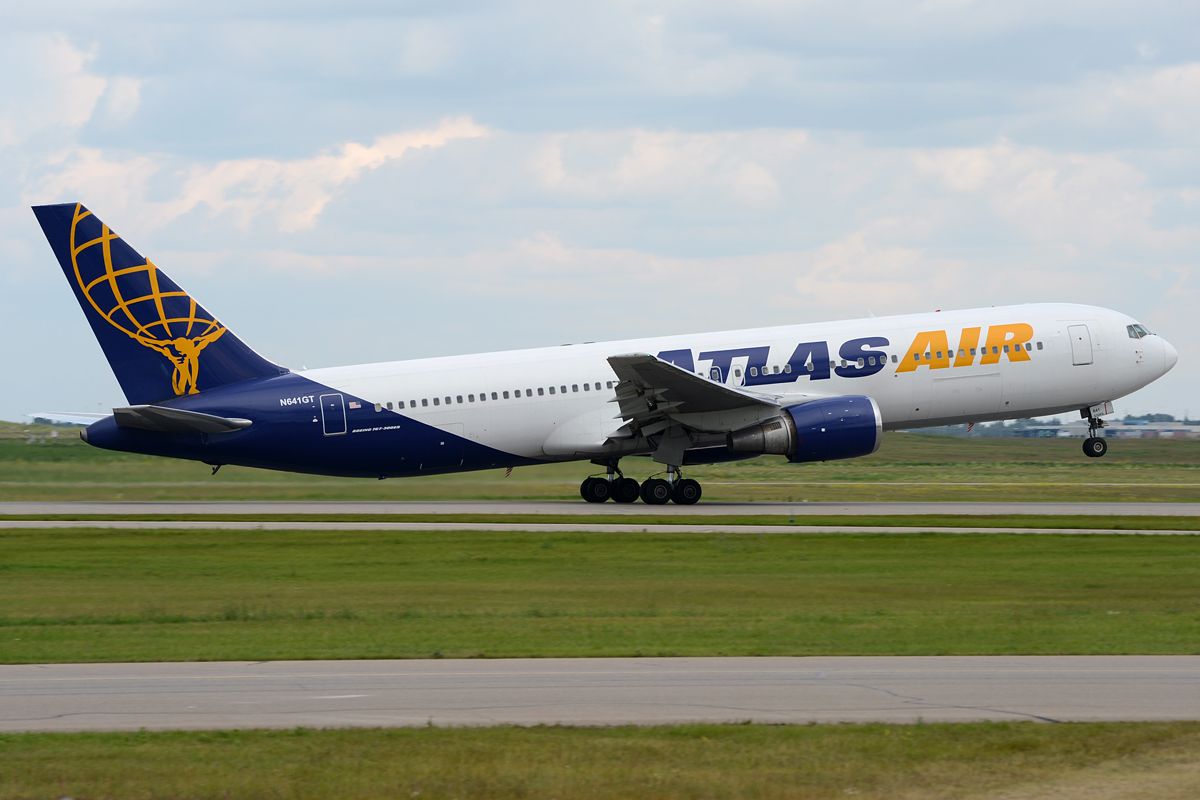Summary
- Charter flights are exclusive sectors flown by airlines with different plane configurations.
- Sports teams negotiate charter packages with airlines, using various plane sizes.
- Charter flights usually depart from FBOs and can be identified by distinct flight numbers.
Growing up as an avid American sports fan, I wondered about the details behind how teams travel between cities. Like many people, I assumed that sports teams rented planes or had deals with particular airlines to transport them during the season. Fast-forward to the present day, and I know that my childhood supposition wasn’t too far from the truth, having now flown a few charter sectors as an airline pilot. This article will discuss charter operations and how they differ from passenger operations when conducted by airlines.
What is charter flying?
A charter flight is an online sector flown by an airline using one of its planes, pilots, and crew. Two main differences exist between charters and regular revenue flights: Charter sectors are not publicly available for purchase, nor are they typically city pairs that the airline serves regularly. A charter flight can carry, among others:
- Business people
- Politicians
- Musicians
- Soldiers
- Sports teams
Photo: Jon Tetzlaff | Shutterstock
Every sports team has a logistics management team that liaises with different airlines. They negotiate availability and pricing packages once the upcoming season’s schedule has been announced. However, many teams (MLB baseball, NHL Hockey, NFL football, and WNBA/NBA basketball) have multi-year agreements with one carrier. Once the team’s travel needs are determined, the airline integrates the proposed charter schedule with the flying for whichever fleet will carry the team. Pilots and flight attendants can bid specifically for charter flights if they choose.
What are charter planes like?
Charter flights are routinely flown with an airline’s regularly-configured passenger planes. Smaller teams (fewer players, coaches, and traveling staff) can use Airbus A319s. Medium-sized teams (baseball, basketball, hockey) use A321s and Boeing 757s. Large teams (American football) use 767s, A330s, and 777s. There’s no hard-and-fast rule—the plane assignment depends on the agreement between the team and the airline.
Though many charters are flown with “normal” planes, others use specially designated charter-configured planes. The airline I work for operates 757s in this configuration, and some other US airlines follow a similar methodology.
Every seat on these planes is a comfy, larger-than-average chair akin to a domestic first class seat (or better). The cabin has larger lavatories, tables between some of the chairs (for eating or playing cards), and features fewer than 80 seats. From the outside, there’s no way to tell the difference between this configuration and a regular passenger configuration.
What’s the operation like?
Live charter flights (live indicates the clients are onboard) hardly ever depart or arrive at passenger terminals. At most airports, charter flights are serviced at and depart from a fixed-base operator or FBO. These are miniature terminals that provide service to private jets but can also handle airliners when charters come into town.
Pilots are provided details about the charter operation and meet an operations agent at a dedicated location in the passenger terminal. This agent then drives the pilots out to the FBO. Such is the case at nearly every large airport since the FBO is separate from the terminal.
When departing FBOs, charters are boarded using traditional air stairs. Traditionally, the team (or other client) buses pull up near the plane. The clients undergo the necessary security screening and then walk right onboard. The process is rapid and efficient. The airline always has a coordinator who works with the client’s handler and serves as the go-between for the flight crew and the client. Once the coordinator has the green light that everyone is onboard, the FBO ramp crew closes the door, pulls the stairs, and marshals the plane off the ramp.
How to spot a charter
As indicated, plane spotters can quickly identify a charter by its parking location at the airport. A Boeing 757 on the corporate ramp usually suggests that the plane is being used to transport a dedicated client. Likewise, the presence of an aircraft at the airport, which seems out of the ordinary, is another indicator. When a Boeing 777 shows up at the Green Bay airport, the Packers are probably heading out of town (or arriving home after a game).
Photo: Philadelphia Eagles
Savvy flight trackers can also use apps to identify flight numbers for their favorite sports teams. Since charter flight numbers are attached to the team’s operations, determining the flight number used will grant access to track the team’s travels for the entire season. For instance, suppose that the San Diego Padres are finishing up a series against the Tampa Bay Rays. The Padre’s next game is at home. A Padres fan could look up scheduled flights from Tampa to San Diego and easily find the flight number for the Padre’s charter.
Charters are almost always four-digit flight numbers starting with an eight or a nine. For instance, “Flight 8885” might stand out on the list of flights between Tampa and San Diego, thus making it clear which callsign the Padres are using that season. The same concept works for any team.
Photo: Atlas Air
One of the trickier parts of finding a charter is knowing which airports will be used for the departure and arrival. The example of Tampa to San Diego is pretty straightforward since both cities have one major airport that makes sense for charters to arrive and depart from. Other cities are less predictable. For example, the San Francisco 49ers and teams playing them use San Jose Mineta airport since it’s closer to the stadium in Santa Clara.
Boeing Field is generally used for charters into and out of Seattle rather than SeaTac. St. Louis downtown airport is used over the further Lambert Int’l, and Love Field and Hobby are sometimes preferred over DFW and Bush Intercontinental in Dallas and Houston, respectively. Multiple factors affect the airport used for charters, such as cost of service, maintenance availability, runway length, and distance to the client’s destination.
In the US market, all three major legacy carriers participate in charter operations for various sports teams and other clients. Cargo companies like Atlas Air also provide charter services for NFL football teams using Boeing 767 and 747 planes in dedicated passenger configurations. Additionally, some teams (New England Patriots or Arizona Cardinals) have planes, which they staff with flight crew to handle their travel operations.
Conclusion
Charter flying at the airlines is very similar to normal operations, save for operating out of FBOs and flying between cities that the fleet and airline might not usually serve. Every rule that applies during passenger operations still applies during charters. One wrinkle of difference is that pilots don’t have much control over on-time charter operations. We have to wait for the clients, so if the baseball game goes into extra innings or the football game requires overtime, the flight will depart well after its scheduled time.
This is of little consequence for the airline since the Department of Transportation doesn’t hold airlines accountable for this late departure. Nor do the team’s fans care either, so long as their team takes the field or the court as scheduled the following day.




